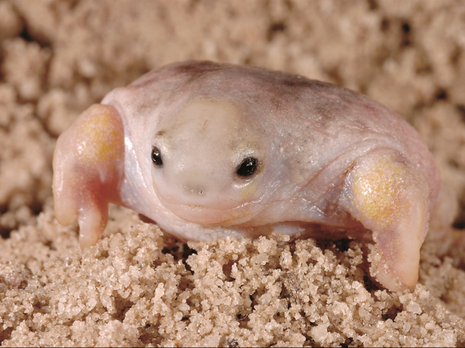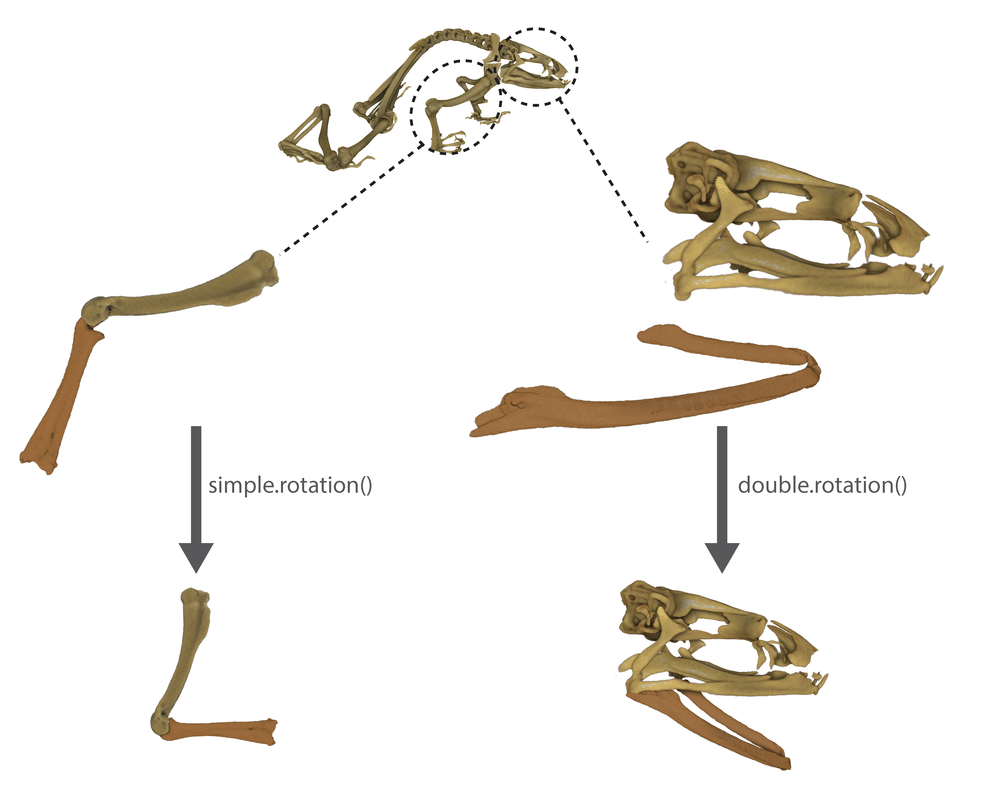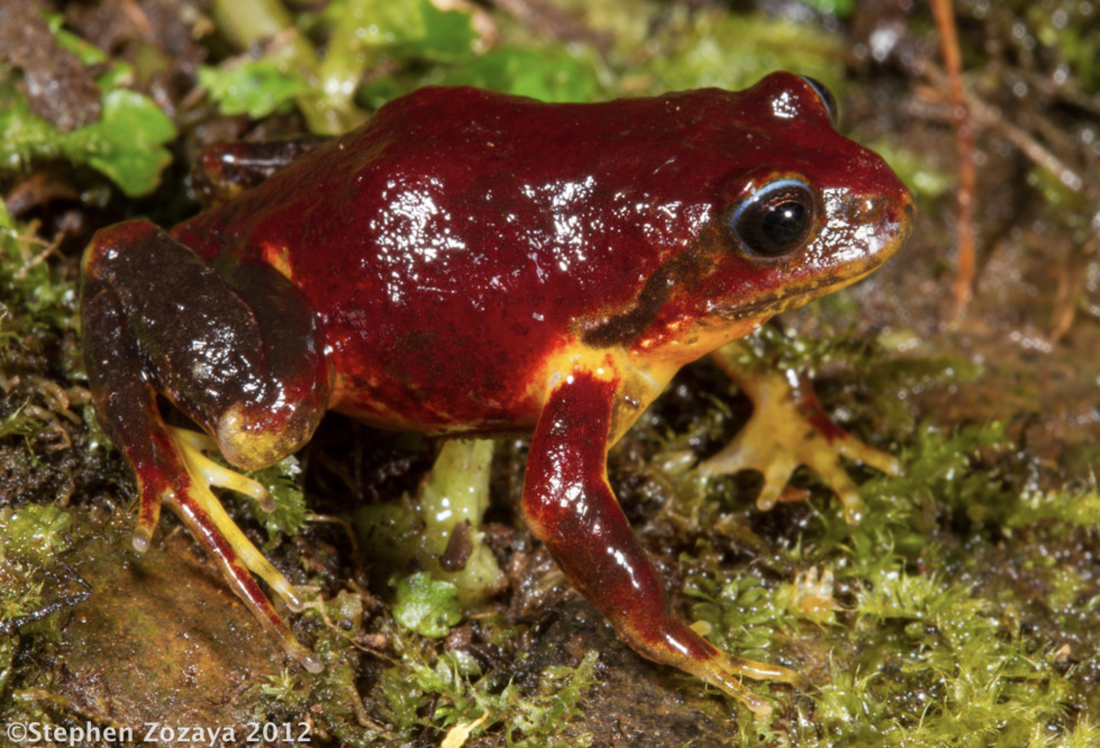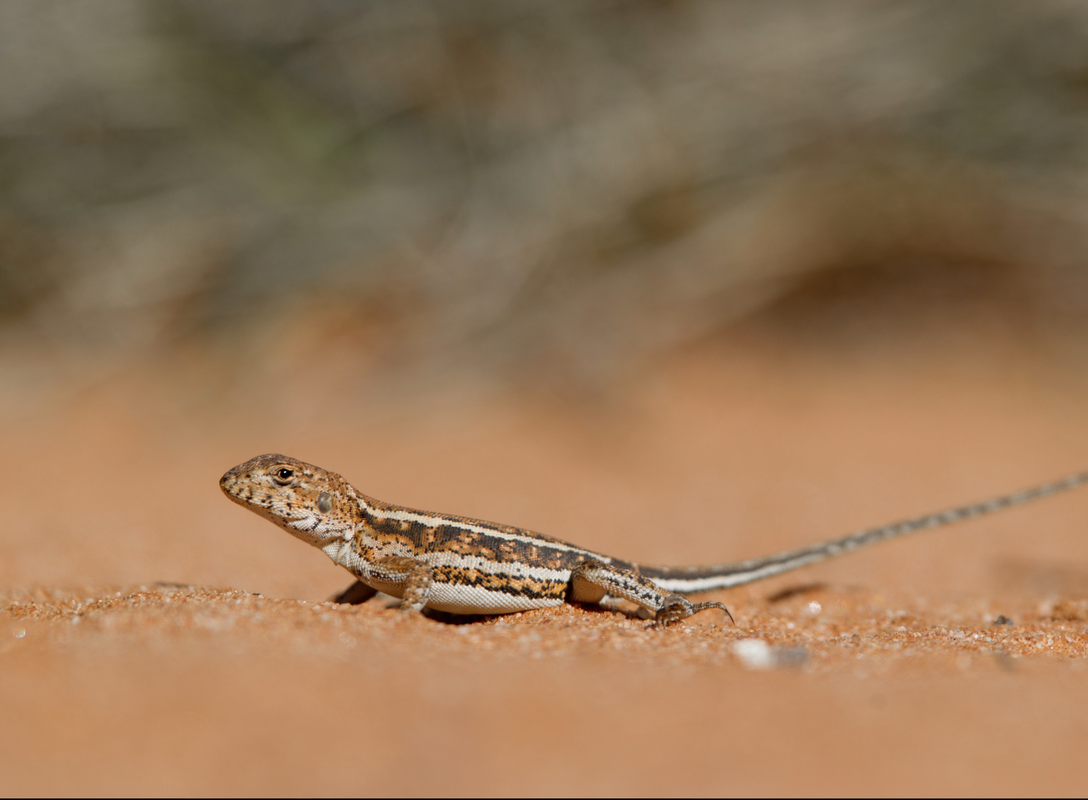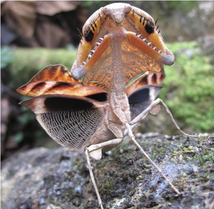|
Ecotype diversification and phenotypic convergence
Animals from different clades but subject to similar environments often evolve similar body shapes and physiological adaptations due to convergent evolution. Australia's biome diversity, isolation, and aridification history provide excellent opportunities for comparative analyses on broad-scale macroevolutionary patterns. Adaptation to different ecological niches plays a crucial role in morphological evolution, boosting phenotypic diversity within a clade. Despite phylogenetic conservatism, morphological adaptation to repeatedly emerging new environments can erase the signature of ancestral morphotypes, resulting in phenotypic diversification and convergence both within and between diverse clades. For more information see these articles: Vidal-Garcia et al. (2014) Journal of Evolutionary Biology Vidal-Garcia & Keogh (2015) Journal of Evolutionary Biology Vidal-Garcia & Keogh (2017) Ecology & Evolution |
Picture by Marion Anstis
|
|
Morphological co-variation of heads and limbs
Using an x-ray micro CT scanner, I have gathered 3-Dimensional data from Australian frogs. I am interested in identifying the processes that drive morphological evolution, especially when accounting for shape diversification across multiple structures. For example, are evolutionary patterns and the amount and direction of morphological changes similar in skulls and limbs? And what is driving their morphological diversity? What role has diet, locomotion, burrowing behavior, and ecology played in the morphological diversity we see in each structure? For more information see: Vidal-Garcia & Keogh (2017) BMC Evol. Biol. |
Frog locomotion
Frogs are well known for their impressive jumping abilities. However, the diversity of locomotive modes exhibited by these amphibians is similarly astonishing. I am examining the locomotive performance of a large number of Australian frog species. I am also very interested in the contributions of morphological, ecological, and phylogenetic correlates to the jumping performance of each frog species.
I am conducting jumping kinematics trials in collaboration with Conrad Hoskin (James Cook University), Dale Roberts (University of Western Australia), and Trevor Murray (Australian National University).
|
ShapeRotator Articulated structures are a critical component of overall phenotypic diversity, but 3-Dimensional data gathered from these structures is difficult to incorporate in to modern shape analyses, because of the complexities associated with jointly quantifying 3D shape in multiple structures. ShapeRotator is an R tool, based on a simple geometric rigid rotation approach that completely removes the effect of random translation and rotations, enabling the morphological analysis of 3D articulated structures. This method is based on Cartesian coordinates in 3D space so it can be applied to any morphometric problem that also uses 3D coordinates. It can be applied to single-point articulations (e.g. humerus and radioulna in a frog arm) and double-point articulations (e.g. skull and mandible).
For more information see: Vidal-Garcia et al. (2018) Ecology & Evolution You can now download the ShapeRotator R package from CRAN. Check out the ShapeRotator Wiki for more information on how to use it |
|
Extinction risk
Amphibians are experiencing declines globally, and are more threatened than any other vertebrate group. In Australia, four frog species have gone extinct since the 1980s and many others are facing a similar future. Here we are using phylogenetic comparative methods in order to identify the best correlates of extinction risk in Australian frogs across an extensive database on life history traits, morphological variables, and extrinsic traits such as geographic range and climatic variables. In collaboration with former Honours student Sarah Stock, Conrad Hoskin (James Cook University), Nicki Mitchell and Scott Keogh. Coming soon! |
Picture by Stephen Zozaya
|
|
Collaborations
Morphological evolution of lizard brains with Daniel Hoops (McGill University, Montreal, Canada). We are looking at variation in brain anatomy across the most diverse group of dragon lizards in Australia. We are comparing dragon brain anatomy across ecologically-distinct species in order to understand morphological evolution of the brain in context with body shape and size, ecology, and behaviour. For more information visit Dan Hoops' website and see: Hoops et. al. (2017) Journal of Evolutionary Biology Hoops et. al. (2017) Brains, Behaviour and Evolution. More coming soon! |
Picture by Tobias Hayashi
|
|
Picture by Kate Umbers
|
Deimatic displays in praying mantises with Kate Umbers (Western Sydney University, Australia), James O'Hanlon (University of New England), and Gavin Svenson (Cleveland Museum of Natural History). We are looking at variation in deimatic displays in praying mantises to learn more about their evolutionary history. To know more see: http://www.kateumbers.com/behavecol |
